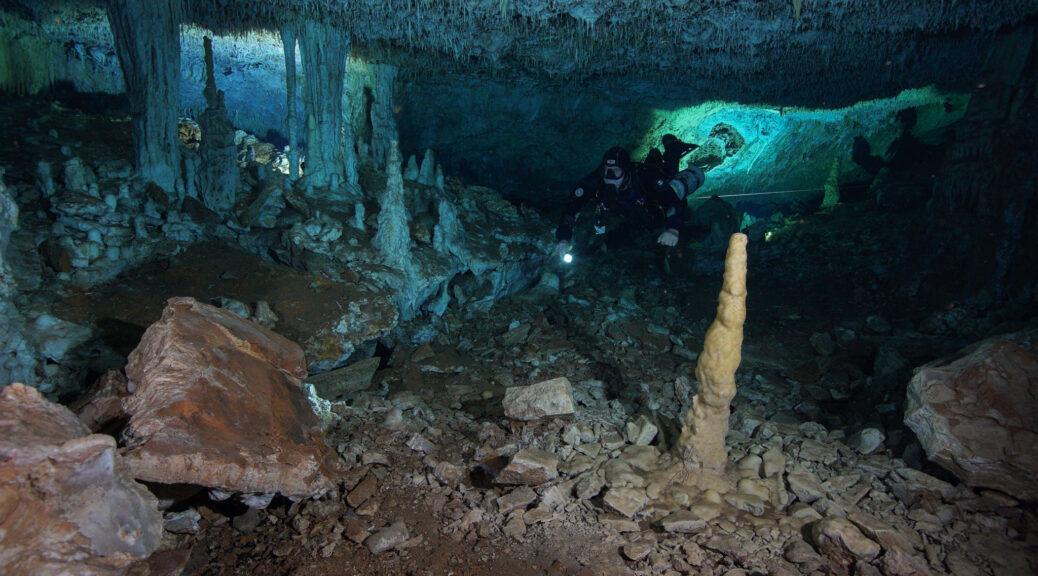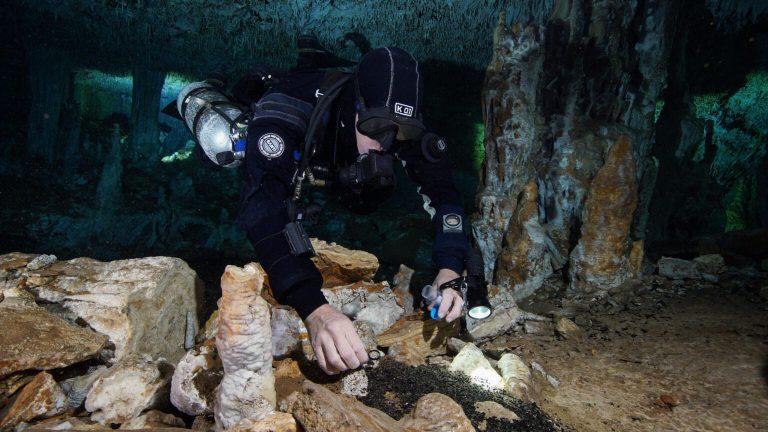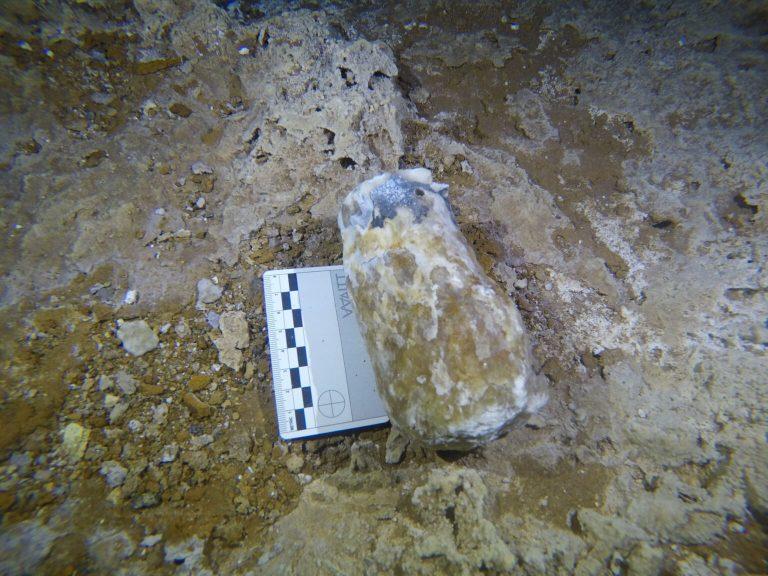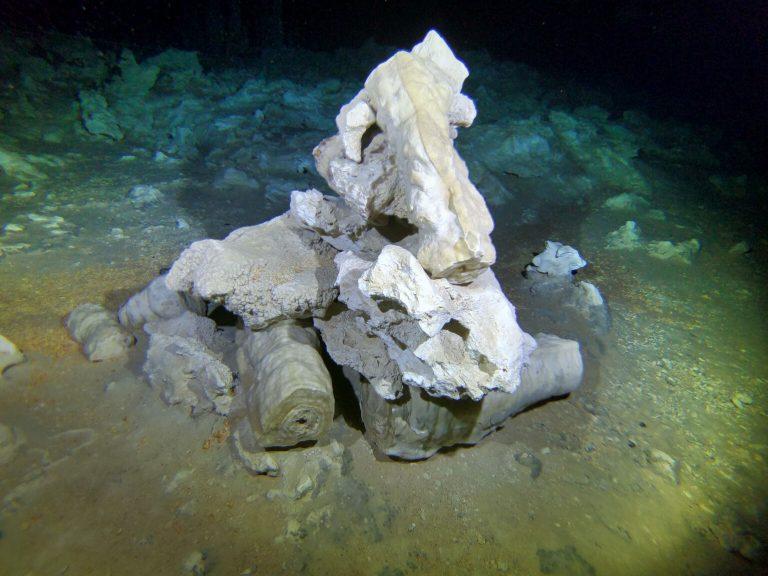Divers exploring the depths near Akumal, along the picturesque coastline of the Yucatán Peninsula in Mexico, have made a groundbreaking discovery shedding light on ancient human activity. In a remarkable find, archaeologists have uncovered evidence of a Paleoindian ochre mining operation dating back an astonishing 11,000 years, making this submerged cave system the oldest known mine in the Americas.

These caves, once significant during the Maya era as a source of mineral and pigment, hold an even deeper historical significance. The origins of mining activity within these caves trace back to the twilight of the last ice age, some 12,000 years ago, establishing a link to human endeavors from a distant past that predate the emergence of the Maya civilization by millennia.

Submersion occurred roughly 8,000 years ago due to rising sea levels, a natural occurrence following the postglacial era. The saltwater inundation within the limestone caverns remarkably served as a preservative for the invaluable remnants left behind by ancient miners. This unique environmental condition played a pivotal role in safeguarding the archaeological evidence hidden within the submerged depths.

Since 2017, a team of dedicated underwater archaeologists from the National Institute of Anthropology and History (INAH) in collaboration with the Research Center for the Mexican System of Quintana Roo (CINDAQ) have undertaken approximately 100 dives, meticulously exploring over four miles of intricate tunnels and passageways within this labyrinthine cave system.

A recent survey conducted in a half-mile stretch known as La Mina has unveiled a treasure trove of artifacts and clues, offering a glimpse into the ancient mining operations. Among the discoveries were 155 carefully arranged stacks of stones, various tools, remnants of human-made fires etched into the cave floor, and soot residue accumulating on the cave ceiling. This assemblage of evidence has enabled researchers to lay the groundwork for detailed analysis, particularly focusing on the cave floor where mineral analysis has revealed distinct ochre residues.
This extraordinary discovery not only reshapes our understanding of prehistoric human activities in the Americas but also underscores the resilience of these ancient miners, their resourcefulness, and the enduring mark they left within the depths of time. As further research unfolds, this underwater archaeological marvel promises to unravel more mysteries, offering a deeper glimpse into humanity’s distant past.
The uncovering of this 11,000-year-old ochre mine in submerged caves stands as a testament to the tireless efforts of modern-day explorers, peeling back layers of history to reveal the fascinating narrative of our ancient ancestors’ ingenuity and industry.





